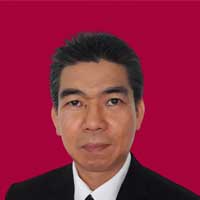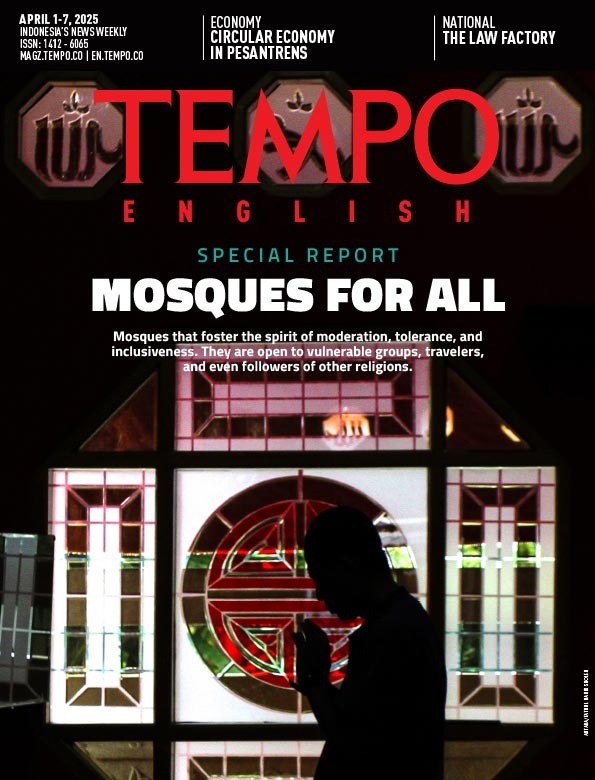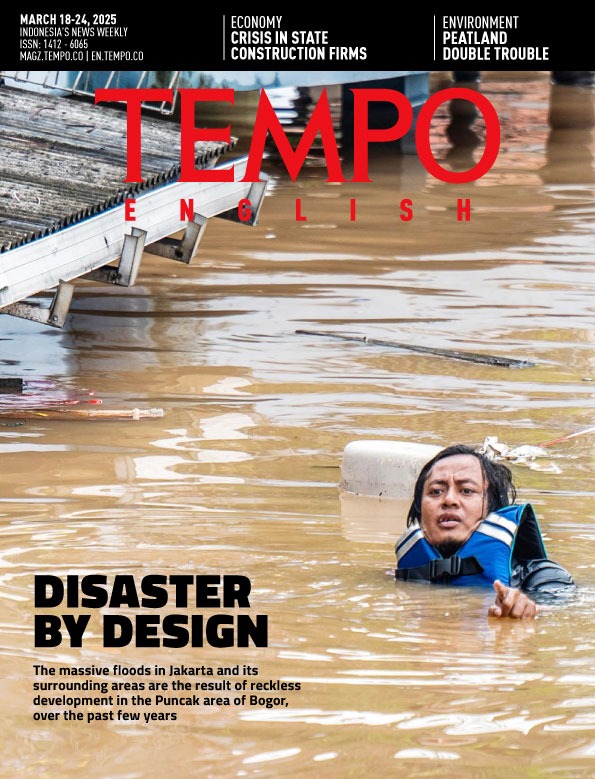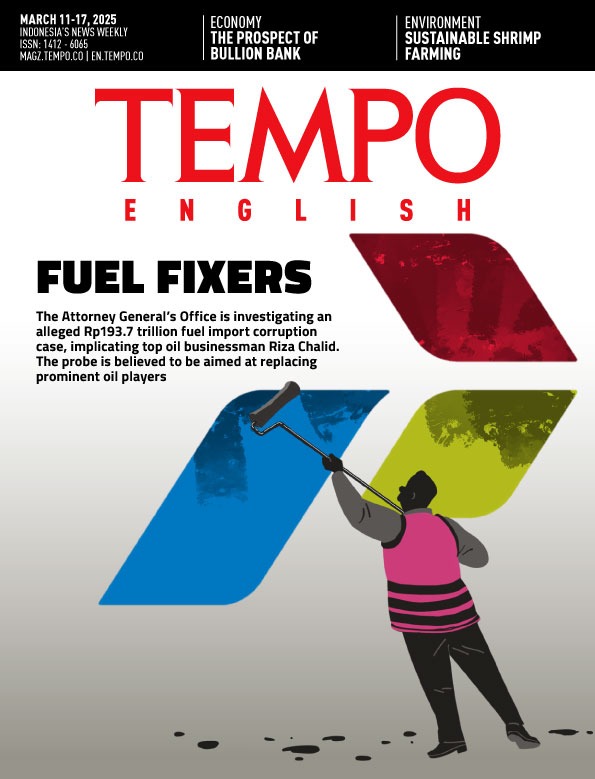From Protected Forest to Farmland
Tuesday, December 1, 2020
arsip tempo : 174378003057.
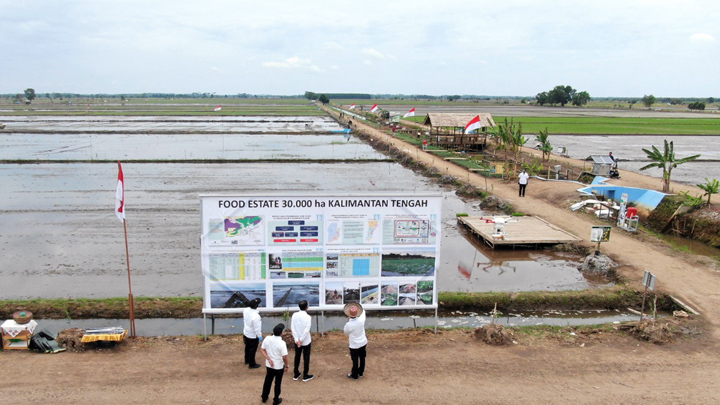
THE government’s excuse for allowing the development of food estates in protected forests which has already lost its ‘protection’ function does not make any sense for Wahyu Perdana. This campaign manager for food, water and essential ecosystems of Indonesian Forum for the Environment (Walhi) said that if protected forests are damaged, they should be restored rather than be abandoned. “This is the same pattern as in th
...
Subscribe to continue reading.
We craft news with stories.
 For the benefits of subscribing to Digital Tempo, See More
For the benefits of subscribing to Digital Tempo, See More



